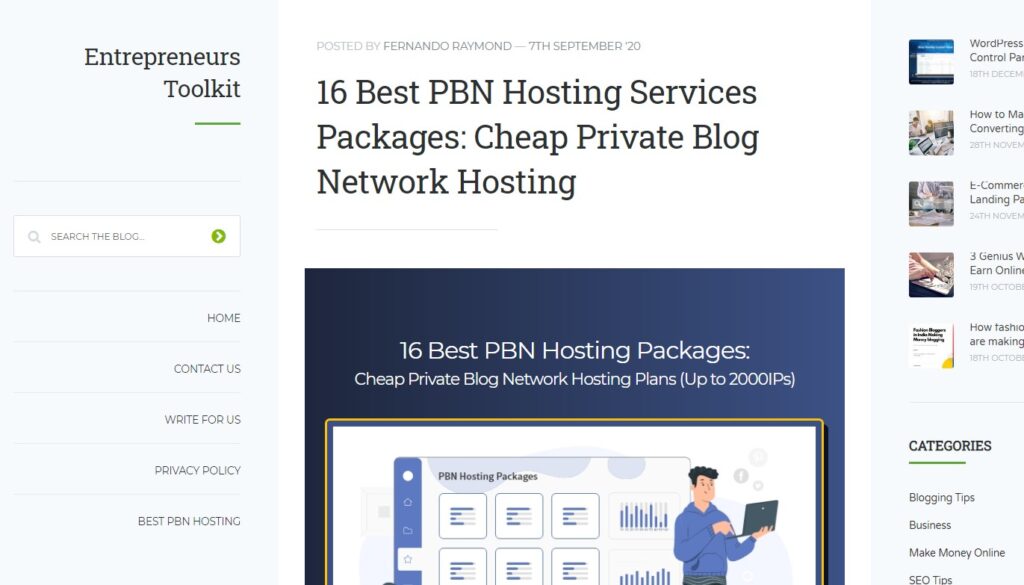All Categories
Featured
Table of Contents
- – How Is The Most Reputable Semantic Seo Guide C...
- – What Is The Premier Semantic Seo Content Strat...
- – What Is The Most Reliable Semantic Content Cr...
- – How Much Should I Pay For Enhancing Seo With ...
- – How Much Should I Pay For Semantic Seo Frame...
- – Top Implementing Semantic Seo Deals Near Me
- – Who Makes The Top Optimizing For Search Intent
The internet is changing, coming to be a growing number of semantic. Search engine optimization is additionally changing and becoming more semantic. This is because internet search engine have advanced and are moving increasingly more in the direction of reviewing web content on the internet. Obviously, that has additionally transformed the method we produce content, particularly if we intend to rate better in the internet search engine.
Intertwingularity is not normally recognized, people keep acting they can make points deeply hierarchical, categorizable and sequential when they can not. Based on the relationships between search intents, the search engine chooses a content in positioning by calculating the distance in between the vectors of definition.
It permits you to see, beginning from a subject, all the entities that belong to that topic. By doing this you can plainly see which entities/concepts/ideas have already been covered on your internet site, and you can discover new chances by recognizing what material you can include and exactly how to produce it.
How Is The Most Reputable Semantic Seo Guide Company
It has the ability to make your material easy to understand for search engines on the one hand and for your audience on the other. Structuring your material model highlights your content and its hidden partnerships to ensure that search engines can recognize you among hundreds of pieces of info, making you more visible to users that meet the search intent related to your business.
In semantic search engine optimization copywriting, an editor starts from a wider series of topics and tailors the web content to include semantically appropriate terms and phrases that help viewers comprehend a topic, similar to checking out content in a wiki. From a material composing perspective, one useful means to do this is to develop a vocabulary of terms and concerns bordering your target topic.
What Is The Premier Semantic Seo Content Strategies Company?
Find out more concerning by enjoying the by!.

Semantic search refers to the procedure of exactly how internet search engine recognize and match keyword phrases to a searcher's intent in organic search results. Before semantic search, internet search engine like Google ran like matchmakersaligning details words in your question with those specific words on webpages. The results were uncomplicated however commonly did not have depth.
What Is The Most Reliable Semantic Content Creation For Your Money
It allows Google to offer quick, accurate responses to search queries concerning real-world subjects. When you type a question word into Google, you're not just entering a sequence of words.
When you search for "Apple," Google doesn't just see a word that explains a fruit. It recognizes Apple as a company and can provide associated info. It was Google's solution to the surge of voice searches, where inquiries ended up being much more conversational and nuanced.
How Much Should I Pay For Enhancing Seo With Semantics?
By incorporating NLP, Hummingbird permitted Google to move past plain keyword matching. It helped the search engine comprehend search intent, boosting the probabilities that results would precisely match the factor behind an individual's search. As the third essential ranking variable after content and web links, RankBrain has actually improved Google's semantic search abilities to understand the meaning of search queries.
RankBrain is a device learning system that helps Google interpret inquiries it hasn't seen prior to. It can make guesses concerning words and expressions it doesn't acknowledge and filter results as necessary. Making it a lot more reliable at handling never-before-seen search questions. RankBrain takes into consideration greater than just search phrases when analyzing a search question.
It fetches outcomes that match the search phrases and line up with the general intent of supplying puppy training advice. And if the user regularly looks for dog-related content, Google could focus on a lot more in-depth training guidesrecognizing the individual's recurring rate of interest in the subject. Combining technologies like the Knowledge Graph, Hummingbird, and RankBrain, semantic search aids the Google formula interpret and connect data throughout a substantial web of info.
How Much Should I Pay For Semantic Seo Framework?
The focus changes from keyword option to an all natural method including customer intent, topical relevance, and overall user experience. Producing web content that resolves the searcher's requirements with comprehensive info can enhance your SERP positions.
And type of web content can best satisfy their demands. A wider approach to material aligns better with semantic search's shift away from exact key words matching and toward user intent. Which discusses the raised focus on topic clusters, instead than private keywords. Content that covers search questions better not just pleases users.
UX aims to create an aesthetically attractive, straightforward interface with engaging, top quality material that urges visitors to stay. Semantic search innovation allows search engines to intend for outcomes that supply the finest feasible UX.
Top Implementing Semantic Seo Deals Near Me

All showcase Google's capacity to resolve a subject inquiry comprehensively. By recognizing the context and intent behind individual questions, search engines can deliver much more appropriate info and possibly raise user interaction. Customization in search engine result produces much better UX.Based on your past search background and choices as a user, semantic search aids internet search engine customize the results to fit your one-of-a-kind demands and interests.
So it fetches results that match the key words and straighten with the overall intent of offering pup training recommendations. And if the customer frequently looks for dog-related web content, Google may prioritize much more in-depth training guidesrecognizing the individual's ongoing interest in the subject. Incorporating modern technologies like the Expertise Chart, Hummingbird, and RankBrain, semantic search assists the Google algorithm analyze and link information across a substantial web of information.
Who Makes The Top Optimizing For Search Intent
The focus changes from keyword option to an alternative method including customer intent, topical importance, and general customer experience. Developing content that attends to the searcher's requirements with thorough information can improve your SERP rankings.

And sort of material can best satisfy their needs. A broader strategy to material aligns much better with semantic search's change away from precise key phrase matching and towards individual intent. Which describes the raised emphasis on subject clusters, instead of specific search phrases. Material that covers search queries extra thoroughly not only satisfies customers.
UX aims to produce an aesthetically enticing, straightforward interface with appealing, high quality content that encourages visitors to stay. Semantic search modern technology enables search engines to intend for results that provide the best feasible UX.
All display Google's capacity to address a topic inquiry comprehensively. By comprehending the context and intent behind user inquiries, search engines can deliver much more appropriate information and potentially increase user involvement. Customization in search results page makes for better UX.Based on your past search background and choices as a user, semantic search helps online search engine tailor the outcomes to fit your special requirements and rate of interests.
Table of Contents
- – How Is The Most Reputable Semantic Seo Guide C...
- – What Is The Premier Semantic Seo Content Strat...
- – What Is The Most Reliable Semantic Content Cr...
- – How Much Should I Pay For Enhancing Seo With ...
- – How Much Should I Pay For Semantic Seo Frame...
- – Top Implementing Semantic Seo Deals Near Me
- – Who Makes The Top Optimizing For Search Intent
Latest Posts
What Is The Top Semantic Tagging For Seo Product?
What Is The Leading Semantic Content Optimization Service
Top Semantic Search Engine Results Pages (Serps) Deals Near Me
More
Latest Posts
What Is The Top Semantic Tagging For Seo Product?
What Is The Leading Semantic Content Optimization Service
Top Semantic Search Engine Results Pages (Serps) Deals Near Me